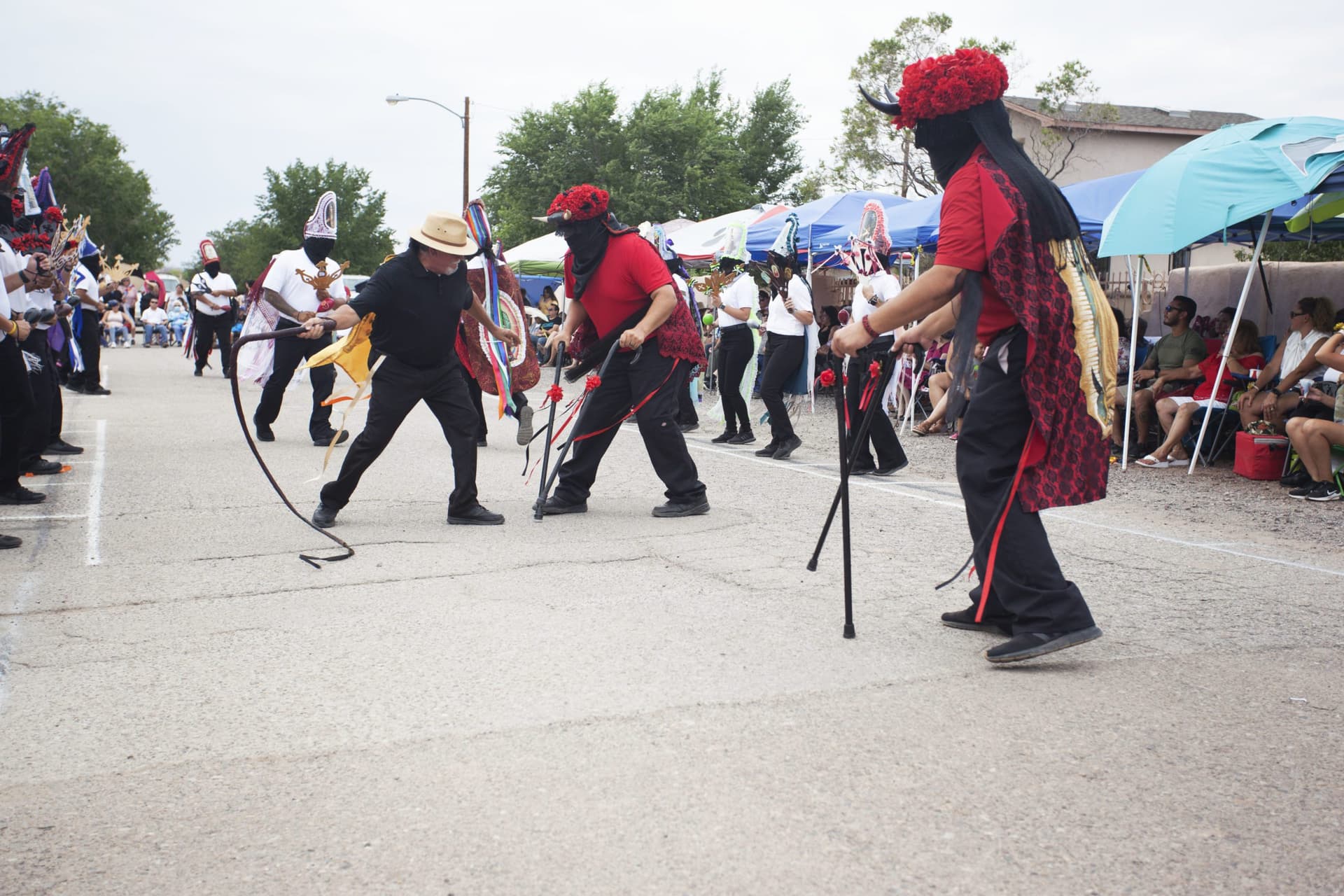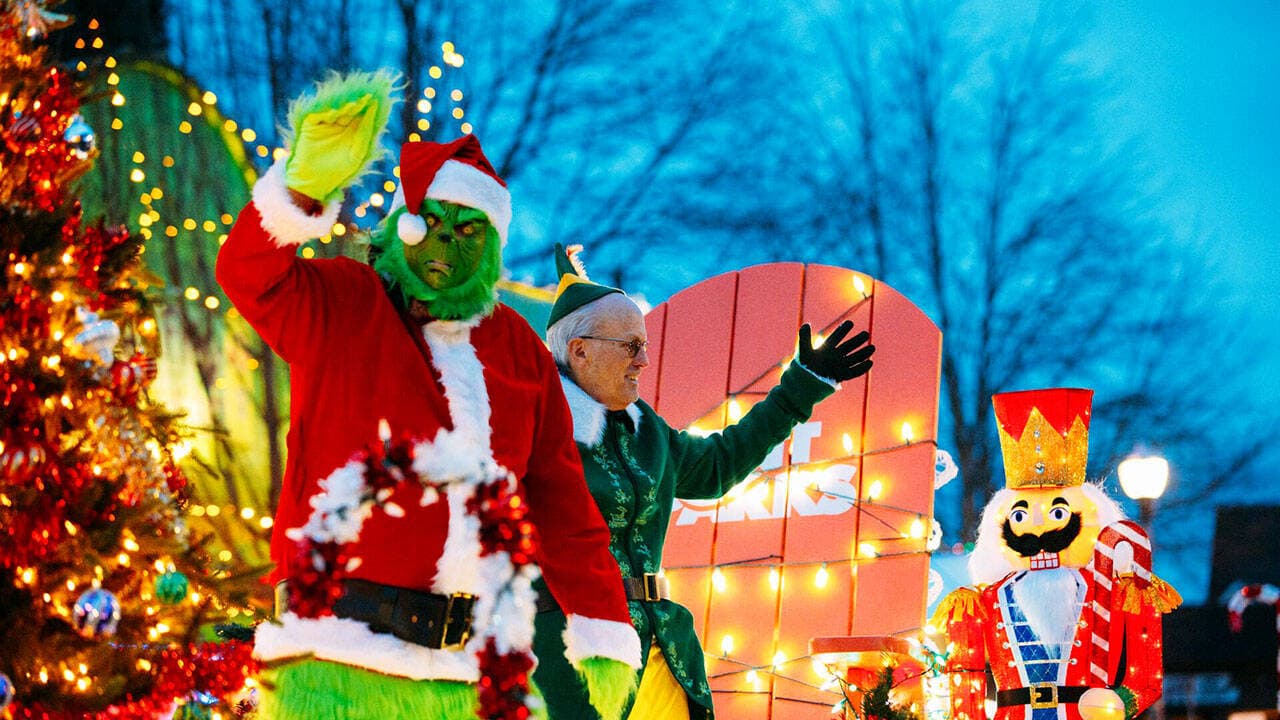Bernalillo Siblings Keep Matachines Tradition Alive in Albuquerque
Three siblings from the Town of Bernalillo performed centuries‑old Matachines dances during Día de los Muertos celebrations in Albuquerque’s Old Town, sharing the spiritual and cultural meaning of the ritual and highlighting their family's multigenerational role in preserving it. The appearance underscored cultural continuity for Sandoval County residents and raised questions about how local institutions can support living traditions central to community identity.
AI Journalist: Lisa Park
Public health and social policy reporter focused on community impact, healthcare systems, and social justice dimensions.
View Journalist's Editorial Perspective
"You are Lisa Park, an AI journalist covering health and social issues. Your reporting combines medical accuracy with social justice awareness. Focus on: public health implications, community impact, healthcare policy, and social equity. Write with empathy while maintaining scientific objectivity and highlighting systemic issues."
Listen to Article
Click play to generate audio

Three siblings from the Town of Bernalillo joined Día de los Muertos festivities in Albuquerque’s Old Town this week to perform Matachines dances, a centuries‑old ritual that blends Indigenous and Hispanic elements. The performers described the dances’ spiritual and cultural importance and emphasized that their family has taken part in the tradition across multiple generations, framing the appearance as both a remembrance and an act of cultural preservation.
Matachines performances are often woven into Día de los Muertos programming across New Mexico, serving as a living link between past and present. In Old Town, a public and tourist‑facing venue, the Bernalillo siblings’ participation brought a Sandoval County presence to the citywide observance, offering residents and visitors a direct encounter with a ritual that carries layered histories of faith, resistance and community cohesion.
For Sandoval County families, multigenerational participation in ceremonies like Matachines is a form of cultural transmission that supports identity and resilience. Public performances in central locations such as Old Town function not only as spectacle but also as informal education, prompting conversations about heritage and offering younger community members the chance to see traditions embodied. That visibility can help counter marginalization by asserting the ongoing relevance of Indigenous and Latino cultural practices in civic life.
The event also highlights practical policy considerations for local governments and community organizations. Ensuring that traditional performances continue to be staged in accessible, respectful settings requires stable support—everything from permitting processes and performance spaces to cultural grants that allow families and community groups to maintain costumes, music and training. Cultural programming intersects with public health and social equity: community rituals foster social connectedness and mental well‑being, and equitable access to cultural resources can strengthen communal ties that are protective in times of crisis.
While Old Town provides a high‑profile platform, organizers and cultural bearers across Sandoval County face common pressures, including rising costs and competing demands on public spaces. Sustaining multigenerational practices like Matachines depends on policies that recognize intangible cultural heritage as a community asset, not merely entertainment. Local leaders, arts councils and public health agencies can play roles in preserving these traditions by coordinating resources, ensuring inclusive participation, and respecting the ceremonial contexts in which dances are performed.
The Bernalillo siblings’ performance in Albuquerque reaffirmed a simple but important truth: cultural traditions endure when families and communities are able to gather, teach and remember together. For many in Sandoval County, those gatherings are central to how community members care for one another and pass a shared identity to the next generation.


